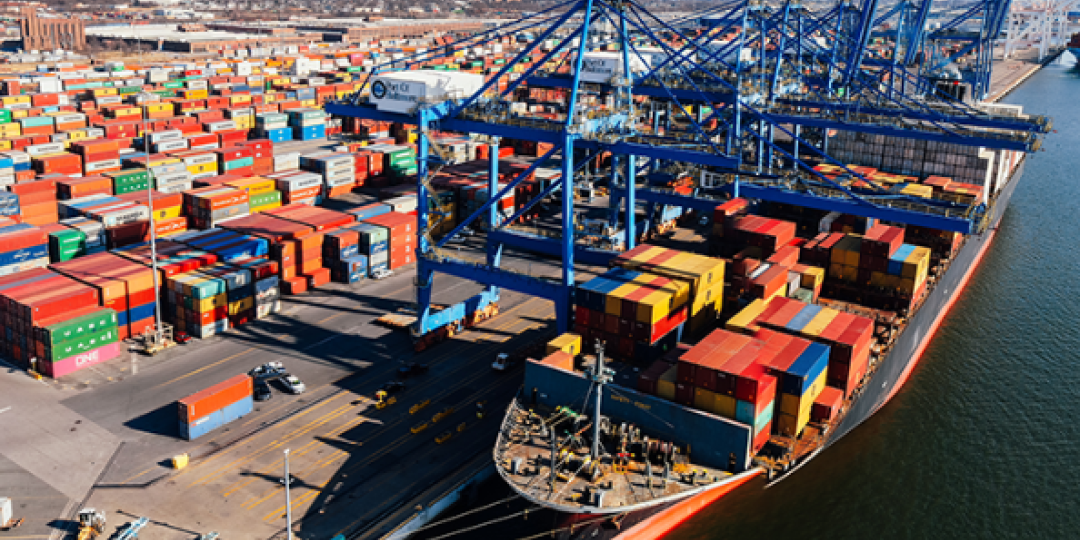As significant excess capacity continues to flood the shipping market, with more expected next year, the key question facing analysts is when the market will finally reach a balance.
According to the CEO of maritime consultancy Sea-Intelligence, the most optimistic scenario involves a 3.8% year-on-year growth in container volume starting in 2024, aligning with the average growth rate seen in the post-financial crisis and pre-pandemic period (2011-2019). This growth would need to be supported by supply increases based on the current orderbook from 2023 to 2026, followed by a modest 1.3% supply growth post-2026 — the lowest rate seen in the last decade (in 2016). Additionally, a “structural factor” of 2.2 percentage points would be necessary to ensure supply doesn’t outpace demand, keeping the market balanced.
Unless there is a dramatic surge in global container demand, another pandemic reducing capacity, or carriers decommissioning a substantial portion of the global fleet while halting new orders, a supply/demand equilibrium at 2019 levels could be achieved by 2028, says Murphy.
Achieving this balance by 2028 would mirror the eight-year cycle that followed the financial crisis, during which balance was restored by 2017. Murphy notes that the worst of the overcapacity will likely peak in 2024, with a third of it absorbed by 2026.
However, Murphy cautions that if the assumptions behind the optimistic scenario—such as lower demand growth, even modest supply growth, or a diminished structural factor—are disrupted, which is quite possible, the return to a 2019-level balance could be delayed until 2030 or beyond.




